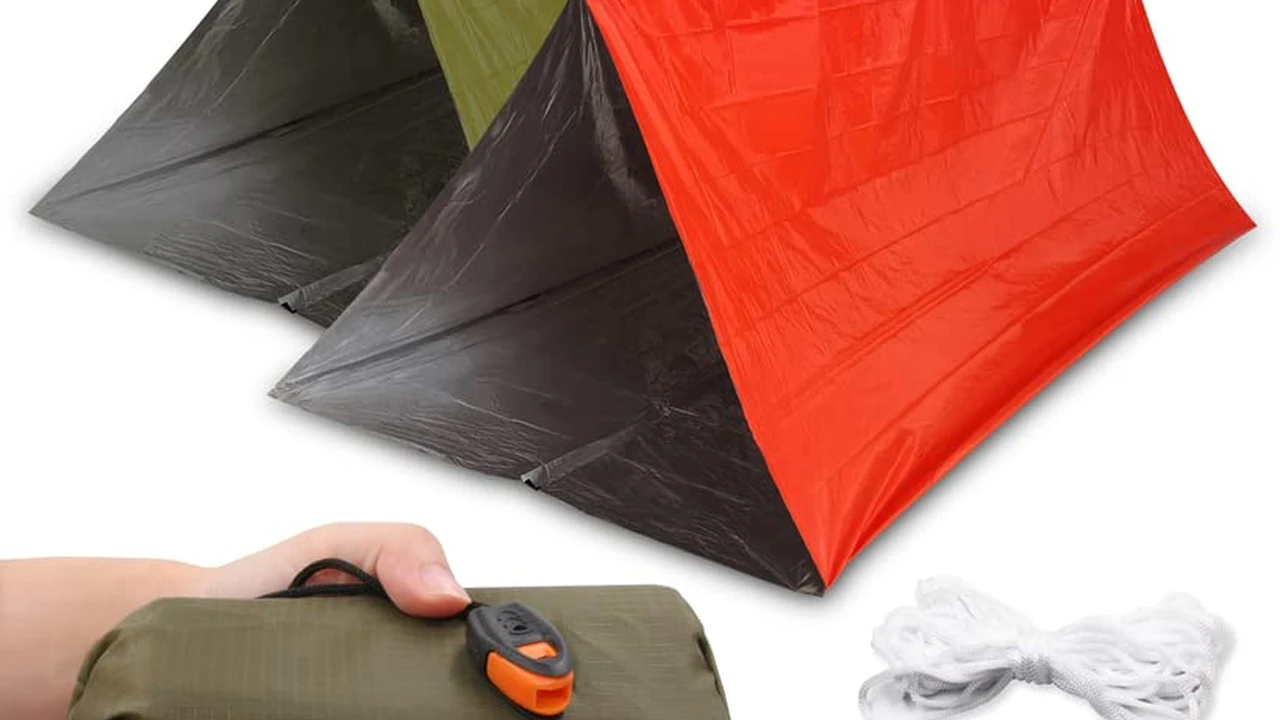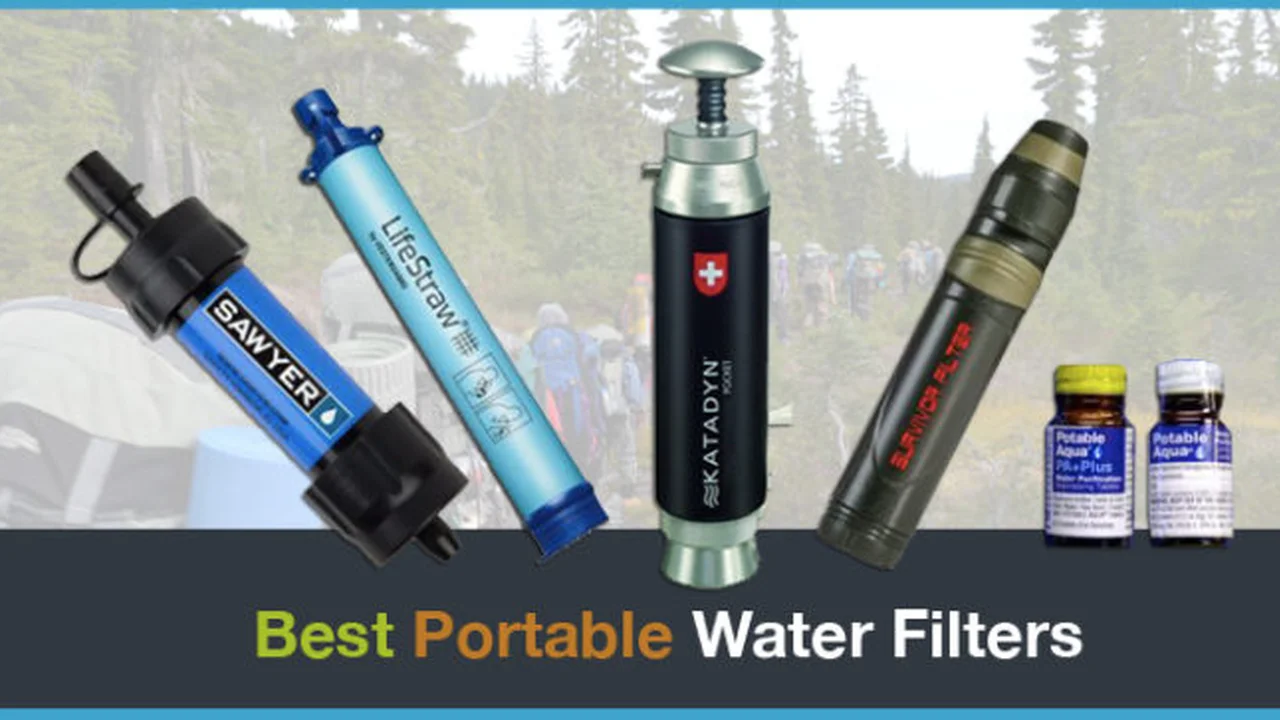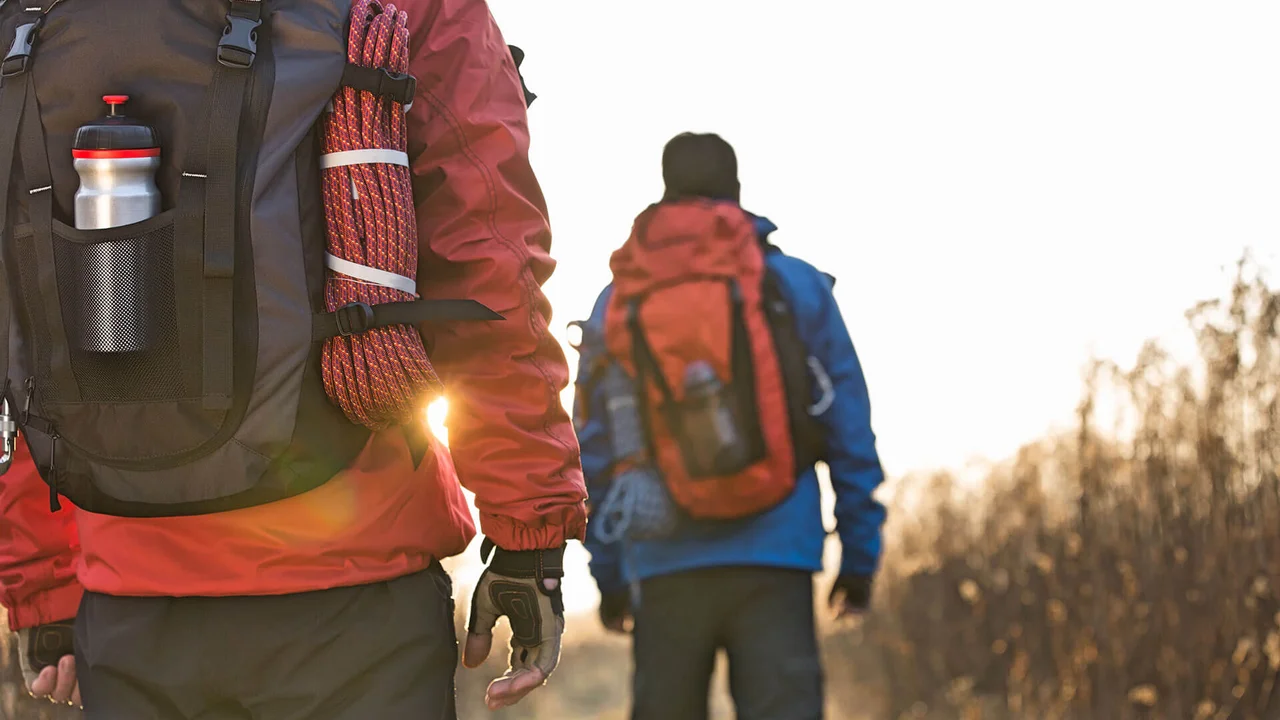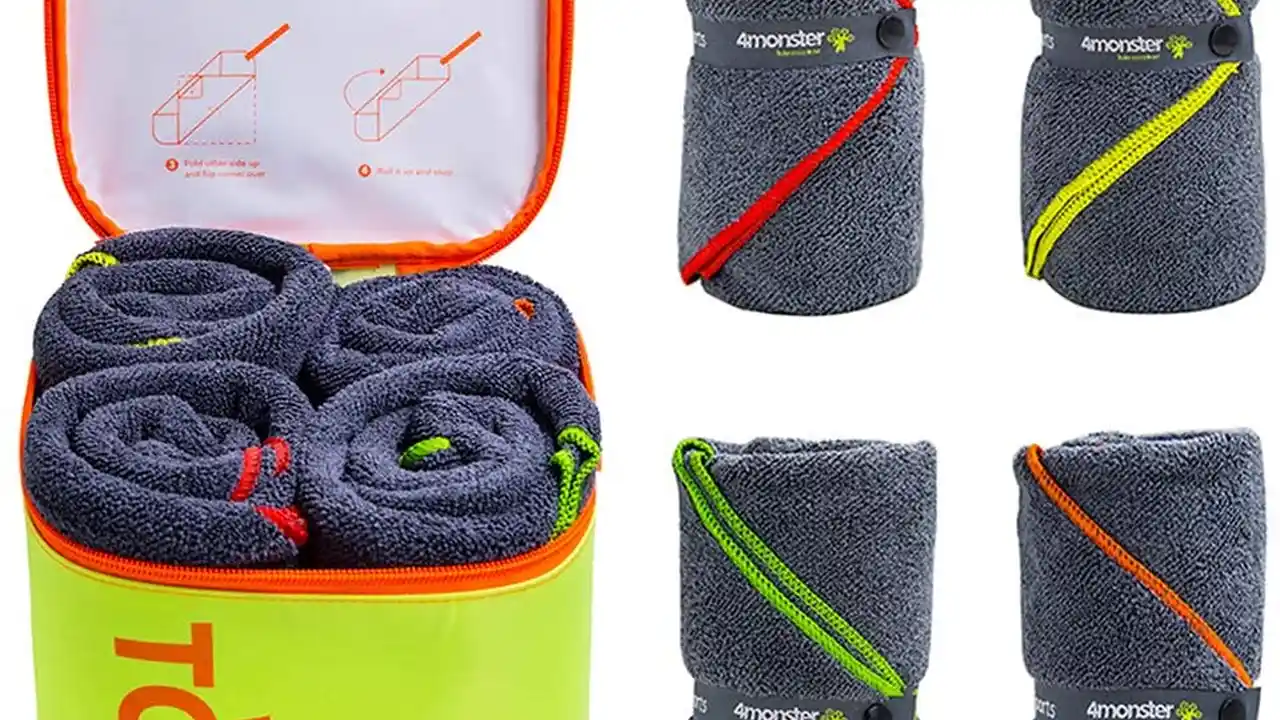Best Emergency Shelters and Bivy Sacks for Hikers
Prepare for unexpected weather with the best emergency shelters and bivy sacks for hikers. Review warmth, packability, and protection.

Best Emergency Shelters and Bivy Sacks for Hikers
Hey there, fellow adventurers! Ever found yourself caught off guard by a sudden downpour or an unexpected drop in temperature while out on the trail? It happens to the best of us. That's why having a reliable emergency shelter or bivy sack is an absolute game-changer. These aren't your everyday tents; they're lightweight, compact lifesavers designed to provide crucial protection when things go sideways. We're talking about staying warm, dry, and safe when you least expect to need it. Let's dive into why these pieces of gear are so important and which ones you should consider adding to your hiking pack.
Why Emergency Shelters and Bivy Sacks are Essential for Hikers
Think of emergency shelters and bivy sacks as your personal insurance policy against the unpredictable whims of Mother Nature. Whether you're on a day hike that turns into an unplanned overnight, or a multi-day trek where the weather forecast takes a sudden turn for the worse, having a compact shelter can literally be a lifesaver. They offer protection from wind, rain, and cold, helping to prevent hypothermia and keep you comfortable enough to wait out a storm or an emergency situation. Plus, they're incredibly lightweight and pack down small, so there's really no excuse not to carry one.
Understanding Emergency Bivy Sacks and Their Benefits
Emergency bivy sacks are essentially minimalist, waterproof sleeping bag covers. They're designed to be incredibly lightweight and compact, often weighing just a few ounces and packing down to the size of a soda can. Their primary purpose is to provide an immediate, personal shelter that traps body heat and keeps you dry. They're perfect for solo hikers or those who prioritize ultralight packing. While they don't offer much in the way of space or ventilation, they excel at providing crucial warmth and protection in a pinch.
Top Picks for Emergency Bivy Sacks and Their Features
SOL Escape Bivvy
The SOL Escape Bivvy is a fan favorite for a reason. It's made from a proprietary fabric that's waterproof, windproof, and breathable, which is a huge step up from traditional emergency blankets. This breathability helps reduce condensation inside, making for a more comfortable experience. It weighs around 8.5 ounces and packs down to about 6 x 3.5 inches. It's bright orange, making it easy to spot in an emergency. You can find it for around $50-$60. It's ideal for anyone looking for a lightweight, breathable emergency shelter that offers more comfort than a basic Mylar bag.
Adventure Medical Kits SOL Emergency Bivvy
For a more budget-friendly and extremely compact option, the Adventure Medical Kits SOL Emergency Bivvy is a solid choice. This one is made from a vacuum-metalized polyethylene material that reflects 90% of your body heat. It's super lightweight (around 3.5 ounces) and packs down tiny. While it's not breathable, it's incredibly effective at trapping heat and keeping you dry in a true emergency. Expect to pay around $15-$20. This is your go-to if you want something incredibly small and light for absolute emergencies, where comfort is secondary to survival.
Titanium Goat Ptarmigan Bivy
If you're looking for something a bit more robust and durable, perhaps for planned minimalist overnights or as a more permanent emergency solution, consider the Titanium Goat Ptarmigan Bivy. This is a high-end, ultralight bivy made from silnylon or Cuben Fiber (now Dyneema Composite Fabric). It's designed for serious backpackers and thru-hikers who want a durable, waterproof, and breathable bivy that can stand up to repeated use. It's significantly more expensive, often ranging from $200-$300+, and weighs around 6-10 ounces depending on the material. This is for the experienced hiker who understands the value of premium, long-lasting gear.
Exploring Emergency Shelters and Their Versatility
Emergency shelters, often in the form of tarps or bothy bags (also known as KISU or group shelters), offer more versatility than a bivy sack. They provide space for one or more people, allowing for sitting up, changing clothes, or even cooking (with extreme caution and proper ventilation). They're great for group emergencies or when you need a bit more room to maneuver. While generally heavier than bivy sacks, their increased utility can be a huge advantage.
Recommended Emergency Shelters for Group Protection
Terra Nova Bothy Bag
The Terra Nova Bothy Bag is a classic for group emergencies. These are essentially lightweight, windproof, and waterproof fabric boxes with windows and ventilation. They come in various sizes, from 2-person up to 8-person, making them perfect for group hikes. They create a surprisingly warm microclimate inside, protecting everyone from the elements. A 2-person version might weigh around 10-12 ounces and cost about $80-$100. They're fantastic for planned breaks in bad weather or unexpected group emergencies, offering a communal space for warmth and shelter.
MSR E-Wing Shelter
For a more traditional tarp-style emergency shelter, the MSR E-Wing Shelter is a great option. This ultralight tarp (around 13 ounces) can be set up in various configurations using trekking poles or trees, providing flexible protection from rain and wind. It's made from durable, waterproof fabric and packs down very small. It's priced around $100-$120. This is ideal for experienced hikers who know how to pitch a tarp effectively and want a versatile, lightweight shelter that can adapt to different situations.
Sea to Summit Escapist Tarp
Another excellent tarp choice is the Sea to Summit Escapist Tarp. Available in various sizes, the smaller versions are incredibly lightweight (the 8-foot square version is about 10 ounces) and pack down tiny. Made from siliconized Cordura nylon, it's highly waterproof and durable. Prices range from $100-$150 depending on size. Like the MSR E-Wing, this is for those who appreciate the adaptability of a tarp and can utilize trekking poles or natural features for setup. It's a fantastic option for minimalist backpacking or as a versatile emergency shelter.
Key Considerations When Choosing Your Emergency Shelter or Bivy
When you're picking out your emergency shelter, there are a few things you'll want to keep in mind to make sure you get the right fit for your adventures.
Weight and Packability for Backpacking and Hiking
This is probably the biggest factor for hikers. Every ounce counts, especially on longer treks. Emergency shelters and bivy sacks are designed to be lightweight, but there's still a range. A basic Mylar bivy might be just a few ounces, while a more robust, breathable bivy or a small tarp will be heavier. Think about how much weight you're willing to carry for that extra peace of mind. Similarly, how small does it pack down? You want something that can easily disappear into a side pocket or the bottom of your pack without taking up valuable space.
Material Durability and Weather Protection
What's it made of? This impacts everything from its waterproofness to its lifespan. Mylar is super reflective for heat but can be fragile. More advanced materials like breathable fabrics (e.g., those used in the SOL Escape Bivvy) offer better comfort but might be less durable than a heavy-duty silnylon tarp. Consider the typical conditions you hike in. Do you need something that can withstand a torrential downpour, or just a light drizzle? Look for materials that are truly waterproof and windproof.
Warmth Retention and Condensation Management
The whole point of these shelters is to keep you warm. Bivy sacks work by trapping your body heat, which is great for warmth but can lead to condensation inside. Some bivies, like the SOL Escape, are designed with breathable fabrics to mitigate this. Tarps, on the other hand, offer more ventilation but rely on your sleeping bag for warmth. Think about how cold it might get and whether you prioritize maximum heat retention (even with condensation) or a bit more airflow.
Ease of Use and Setup in Emergency Situations
When you're cold, wet, and possibly a bit panicked, you don't want to be fumbling with complicated instructions. Emergency shelters should be quick and easy to deploy. Most bivies are just a matter of crawling in. Tarps require a bit more skill to pitch, often needing trekking poles or trees. Practice setting up your chosen shelter at home before you hit the trail, so you're ready when it really counts.
Integrating Emergency Shelters into Your Hiking Kit
So, you've picked out your emergency shelter. Now what? It's not just about having it; it's about knowing how to use it and making it a seamless part of your hiking routine.
Packing Strategies for Quick Access
Don't bury your emergency shelter at the bottom of your pack! You want it to be easily accessible. Consider putting it in an outer pocket, a top lid pocket, or even a hip belt pocket if it's small enough. The idea is that if the weather turns suddenly or an emergency arises, you can grab it without having to unpack your entire bag. Think about the 'what if' scenario: you're caught in a sudden storm, hands are cold, and you need shelter NOW.
Combining with Other Essential Gear
An emergency shelter isn't a standalone solution. It works best when combined with other essential gear. For instance, a good sleeping bag or even just a warm puffy jacket will significantly enhance the warmth provided by a bivy sack. If you're using a tarp, you'll definitely need trekking poles (or a sturdy stick) and some cordage to set it up. Always carry a headlamp, a first-aid kit, and extra layers. These items, when used together, create a comprehensive safety system.
Practice and Preparedness for Unexpected Scenarios
The best gear in the world is useless if you don't know how to use it. Take your emergency shelter out for a spin in your backyard or a local park. Practice deploying it. If it's a tarp, try different pitching configurations. Get comfortable with it. This practice builds confidence and ensures that when a real emergency strikes, you're not learning on the fly. Preparedness isn't just about having the gear; it's about having the skills and confidence to use it effectively.
Ultimately, carrying an emergency shelter or bivy sack is a small investment for a huge return in safety and peace of mind. It's one of those pieces of gear you hope you never have to use, but you'll be incredibly grateful to have it if you do. Stay safe out there, and happy trails!
:max_bytes(150000):strip_icc()/277019-baked-pork-chops-with-cream-of-mushroom-soup-DDMFS-beauty-4x3-BG-7505-5762b731cf30447d9cbbbbbf387beafa.jpg)






